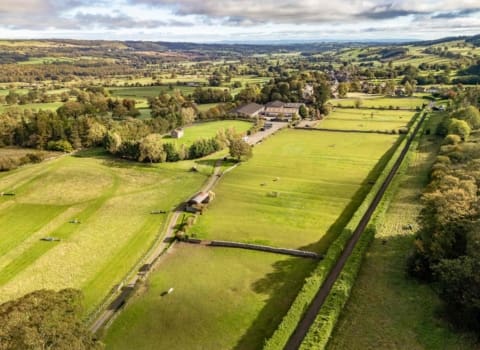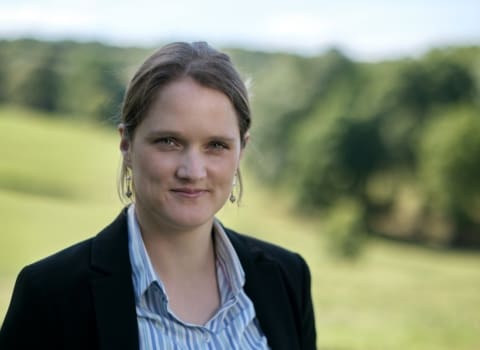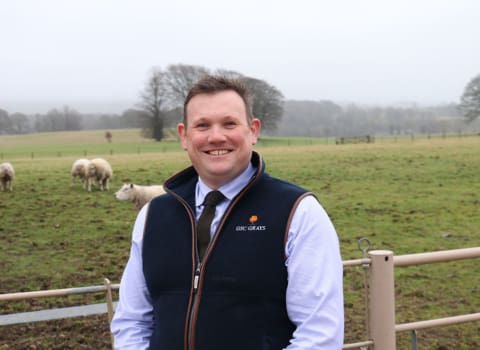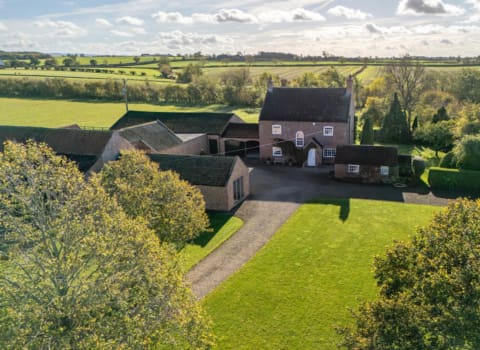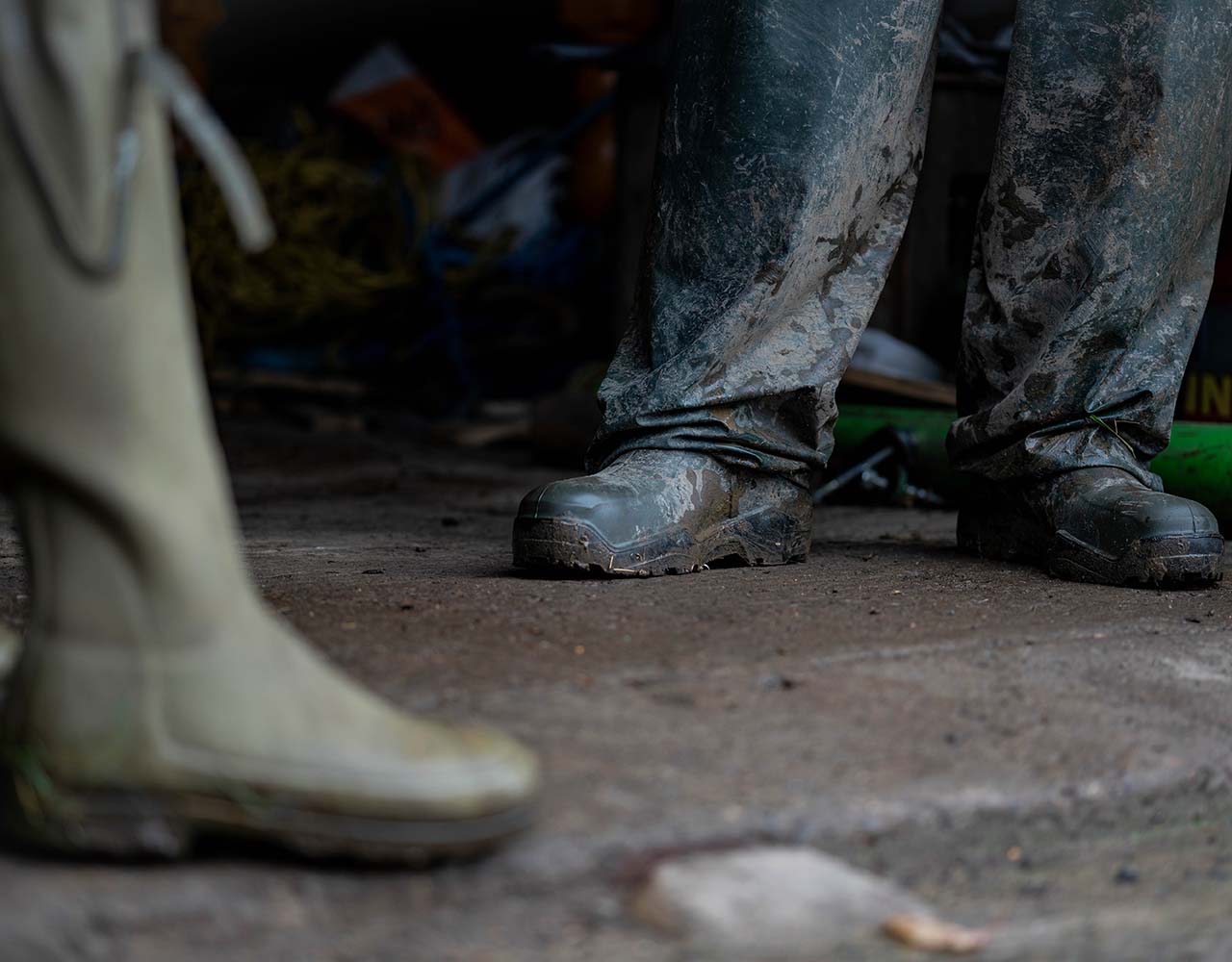Contact our offices
Main office
COLBURN
5 & 6 BAILEY COURT
COLBURN BUSINESS PARK
RICHMOND
NORTH YORKSHIRE
DL9 4QL
Estate Agency Offices are located in
BARNARD CASTLE, BOROUGHBRIDGE & RICHMOND
Residential Management Team
Our Offices
- Alnwick
01665 568310
Email Officealnwick@gscgrays.co.uk - Barnard Castle
01833 637000
Email Officebarnardcastle@gscgrays.co.uk - Boroughbridge
01423 590500
Email Officeboroughbridge@gscgrays.co.uk - Chester-Le-Street
0191 3039540
Email Officechester-le-street@gscgrays.co.uk - Colburn
01748 897630
Email Officecolburn@gscgrays.co.uk - Driffield
01377 337180
Email Officedriffield@gscgrays.co.uk - Hamsterley
01388 487000
Email Officehamsterley@gscgrays.co.uk - Hexham
01434 611565
Email Officehexham@gscgrays.co.uk - Kirkby Lonsdale
01524 880320
Email Officekirkbylonsdale@gscgrays.co.uk - Penrith
01768 597005
Email Officepenrith@gscgrays.co.uk
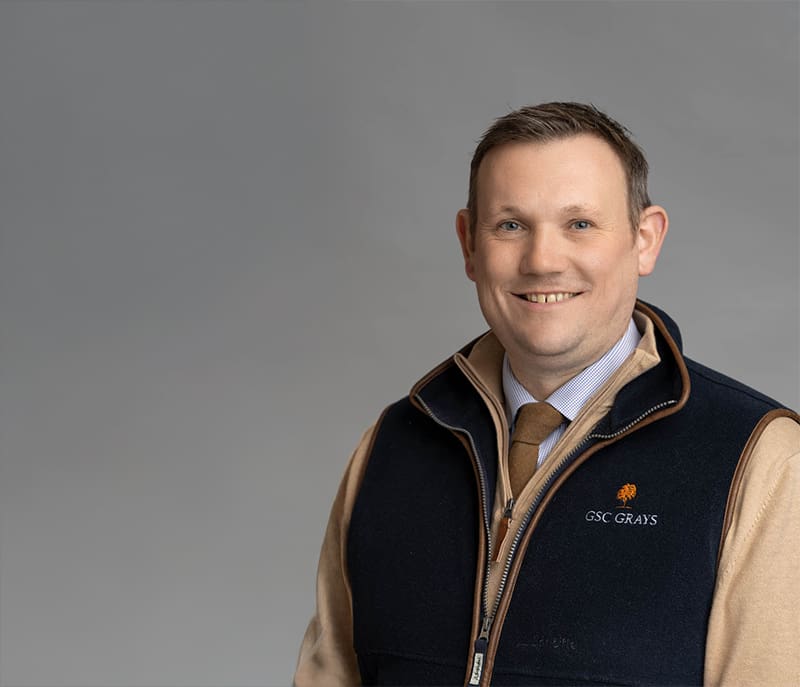
Encouraging but Cautious Prospects for Livestock Farms in the North
It’s all too easy to sink into despair given the barrage of negative press and the ever-changing political landscape surrounding agriculture. But I think it’s time we take a step back and focus on the actual business of farming, and acknowledge that there may be some genuine hope, particularly off the back of a strengthened livestock sector.
Now, I should be clear that not all tiers of the livestock production system are enjoying this upturn. But for primary producers of lamb and beef, there has been a welcome increase in profitability that, for the time being at least, looks like it might continue.
You will likely be aware that lamb and beef prices have risen significantly over the past 18 months. While lamb has settled somewhat, beef remains strong. The result for producers of store cattle and lambs is that returns, relative to input costs, have improved noticeably.
That’s easy enough for us to say—but we have seen the evidence first-hand through our in-house model farms. As a business, we maintain financial models representing a range of typical farming systems, including arable, dairy, lowland beef and sheep, and upland beef and sheep. These models are regularly updated to reflect real-world figures and help us track trends over time.
The latest review of these models has shown some very clear, shifting trends. Some are concerning. Combinable crop margins, for example, look very tight for the upcoming harvest. Dairy has remained relatively stable as expected. However, the big positive has come from primary red meat production.
In fact, for the first time in nearly two decades (according to one of our more senior directors), our beef and sheep model farms are forecasting profit before support payments. That’s a milestone worth recognising.
Of course, while profit before support is welcome and positive news, there is still a reliance on the income from government schemes to fully cover drawings and tax. So, we are not out of the woods yet.
That said, I believe we need to shift our perspective on environmental schemes as merely “support.” Unlike BPS (now all but gone), environmental schemes involve being paid to manage the land in specific, environmentally beneficial ways. This income should therefore be viewed as a standalone enterprise in my view.
I don’t want to dampen the optimism surrounding livestock returns but we do need to be cautious. The latest Spending Review, just hours old as I write, indicated a healthy budget for farming until 2029. Let’s not fall into the trap of thinking that guarantees stability or security. The abrupt closure of the SFI scheme earlier this year was a stark reminder of how little control we have over the implementation of government schemes. It also showed just how exposed we still are to decisions made far from the farm gate.
So, my advice is simple. We need to make the most of the current buoyancy in the livestock market and use this time to get tighter on costs and improve margins wherever possible. In short, let’s make hay while the sun shines.
At the same time, we should use environmental schemes where we can, to improve productivity and bolster our margins, rather than rely on them to provide the profit. The goal should be to restructure our business models to provide resilience going forward as the days of government support per se are over.
For now, let’s hope this positive trend continues long enough to prove that sustainable, profitable beef and lamb production is possible. And maybe, just maybe, we can start to rebuild some well-earned optimism within our sector.




